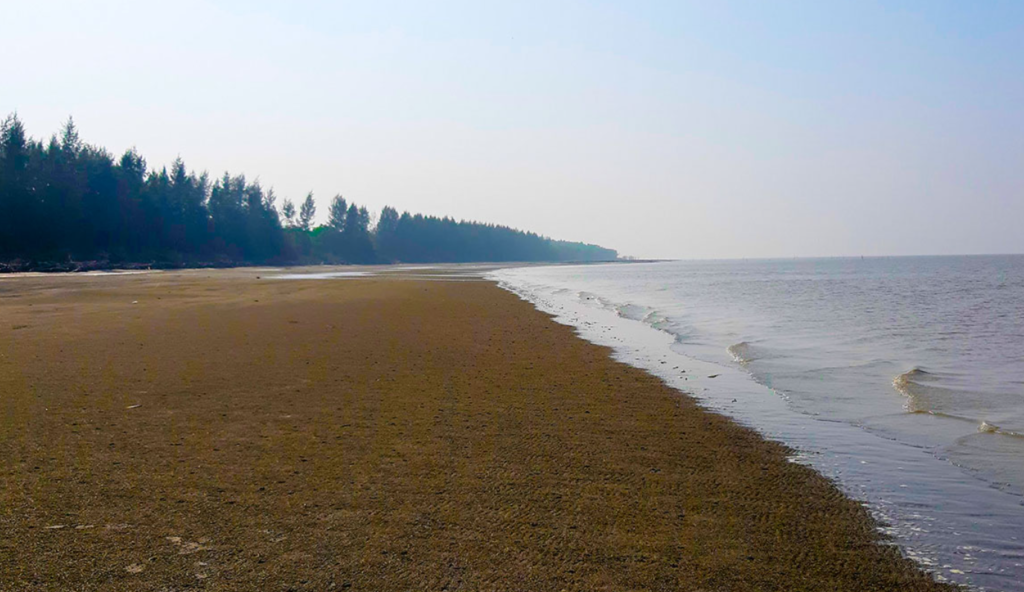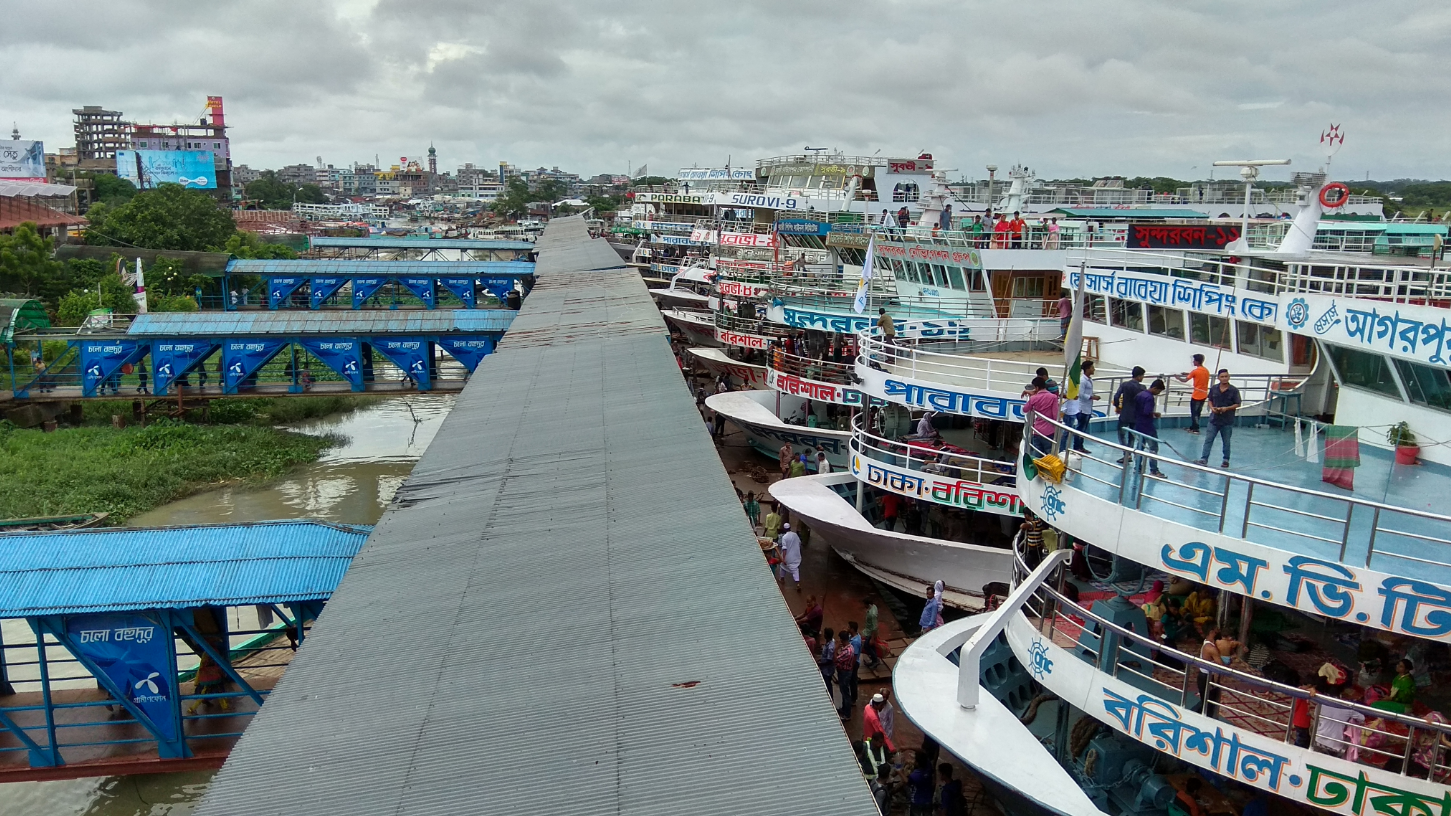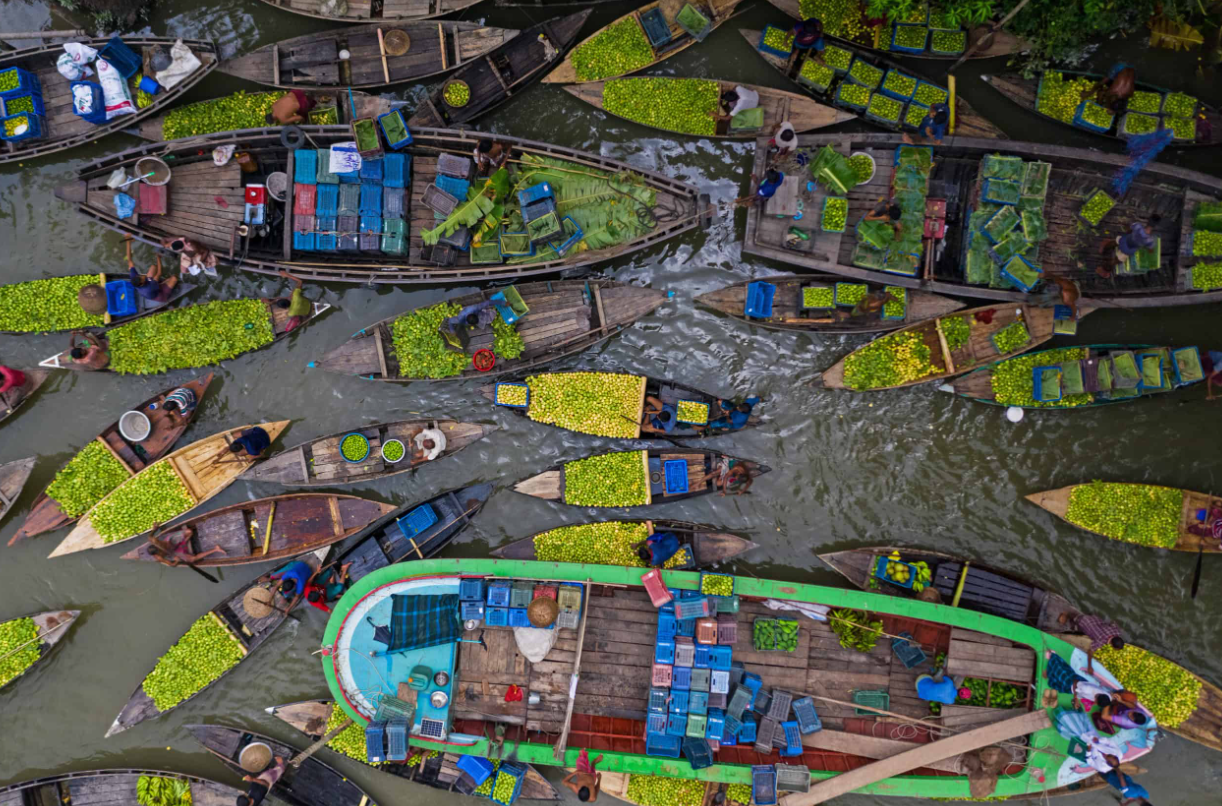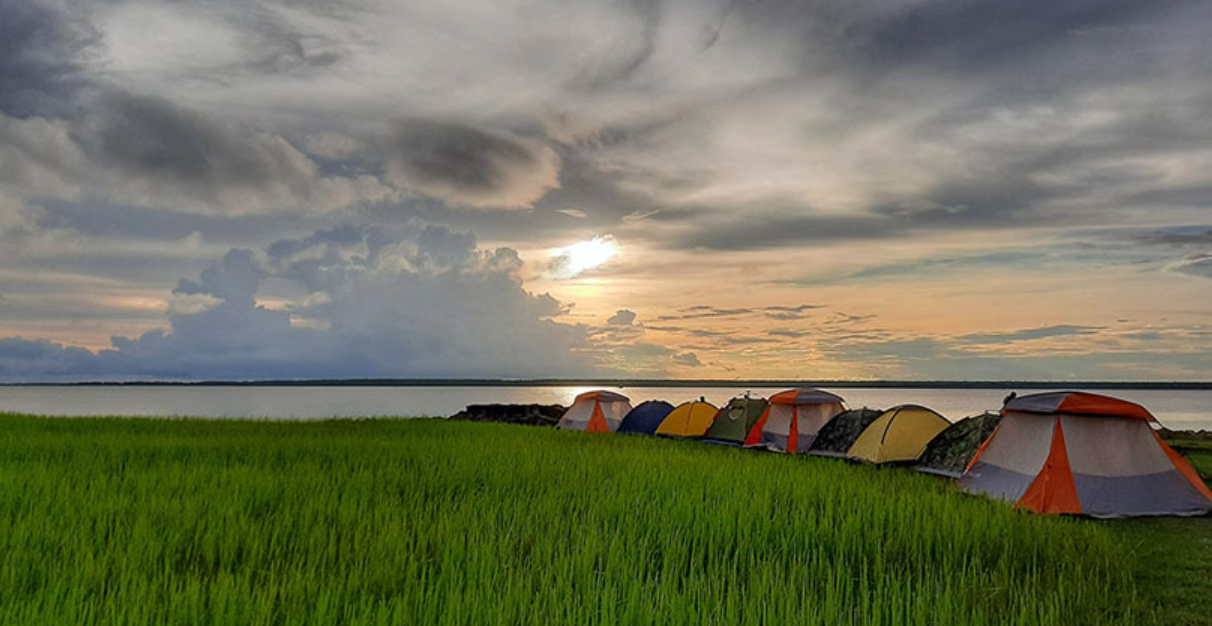Barguna, a coastal district in the Barishal Division of Bangladesh, is a mesmerizing blend of nature’s bounty, cultural heritage, and economic significance. With its strategic location along the Bay of Bengal, Barguna stands out as a district of immense ecological importance and historical intrigue. The region is home to pristine beaches, tranquil rivers, lush mangroves, and vibrant communities, offering visitors a unique experience of coastal Bangladesh.
This article explores Barguna’s history, geography, economy, cultural attractions, and notable places of interest in detail, shedding light on the district’s past, present, and future.
A Historical Perspective
The name “Barguna” is believed to have originated from the Bengali phrase “Baragun”, referring to the large tidal waves in its rivers. Historically, Barguna was an integral part of maritime trade routes connecting the Indian subcontinent with Southeast Asia. Fishing, salt production, and agriculture have been vital economic activities for centuries. During the colonial era, Barguna was a vibrant port town contributing to the economy of Bengal.
In recent history, Barguna has gained attention for its resilience in the face of natural disasters, including cyclones and tidal surges, demonstrating the indomitable spirit of its people.
Geography and Climate
Barguna occupies a unique geographical location with its southern boundary meeting the Bay of Bengal. Spread across approximately 1,831 square kilometers, the district is predominantly flat and features a network of rivers, including the Bishkhali, Payra, and Baleshwari. The district’s climate is tropical, characterized by hot summers, heavy monsoons, and mild winters.
Barguna is highly vulnerable to climate change impacts such as rising sea levels, coastal erosion, and tropical cyclones. Despite these challenges, its natural resources and biodiversity remain its most valuable assets.
Administrative Divisions
Barguna is divided into five upazilas (sub-districts), each with its own distinct charm:
- Barguna Sadar: The heart of the district, known for its administrative significance, bustling markets, and river-centric lifestyle.
- Amtali: Famous for its proximity to Kuakata and as a gateway to coastal adventures.
- Betagi: A tranquil region dominated by agriculture and small fishing communities.
- Patharghata: A hub for the fishing industry and a doorway to the Sundarbans.
- Bamna: A less explored area offering serene village life and natural beauty.
Natural Attractions
1.Haringhata Beach
This unspoiled beach near Patharghata offers scenic views of the Bay of Bengal. Its calm waters, sandy shores, and surrounding greenery make it a perfect spot for relaxation and nature photography.

2.Fatrar Char
Fatrar Char is an isolated island rich in biodiversity. Accessible by boat, it is a haven for nature enthusiasts, offering opportunities for birdwatching, exploring dense vegetation, and experiencing the tranquility of coastal life.
3.Taltali Mangrove Forest
An extension of the Sundarbans ecosystem, this mangrove forest is home to a variety of wildlife, including spotted deer, rhesus monkeys, and a plethora of bird species. The forest also acts as a natural barrier against cyclones, showcasing the district’s ecological importance.
4.Payra River Estuary
At the confluence of the Payra River and the Bay of Bengal, this estuary is a stunning location for fishing, boating, and enjoying the coastal breeze. The area is particularly beautiful at sunrise and sunset.
Economic Significance
The economy of Barguna is primarily based on agriculture, fishing, and forestry. The fertile land produces an abundance of crops, including rice, jute, and betel leaves. Fishing is the lifeline of the coastal population, with shrimp farming being a major contributor to the local economy. Additionally, the district has a growing tourism industry centered around its natural attractions.
Cultural Richness
Barguna’s culture is deeply influenced by its coastal geography. The people are known for their resilience, hospitality, and vibrant traditions. Local festivals, including boat races during monsoon and Pohela Boishakh (Bengali New Year), reflect the community’s rich heritage. The cuisine is a highlight, with seafood dishes like fish curry, prawn malai, and hilsa preparations being particularly popular.
Challenges and Resilience
Barguna faces several challenges due to its coastal location, including frequent cyclones, tidal surges, and the impacts of climate change. However, the district has made significant progress in disaster management and sustainable development. Initiatives by local communities and government agencies focus on climate resilience, eco-tourism, and conservation of natural resources.
Key Highlights and Points of Interest
- Haringhata Eco Park: A family-friendly destination combining nature and recreation.
- Sundarban Buffer Zone: Offers a glimpse into the Sundarbans’ unique mangrove ecosystem.
- Traditional Boat Making: Witness the centuries-old craft of wooden boat building, still practiced by local artisans.
- Local Markets: Explore bustling markets where fresh fish, handmade crafts, and local produce are sold.
Conclusion
Barguna is a district that exemplifies the harmonious coexistence of nature and human life. With its unspoiled beaches, lush mangroves, and resilient communities, Barguna offers an unparalleled glimpse into the beauty of Bangladesh’s coastal region. As it continues to embrace sustainable development, Barguna has the potential to become a major hub for eco-tourism and cultural exchange.
Whether you’re an adventurer, a nature lover, or a history enthusiast, Barguna promises an unforgettable journey into the heart of coastal Bangladesh.




